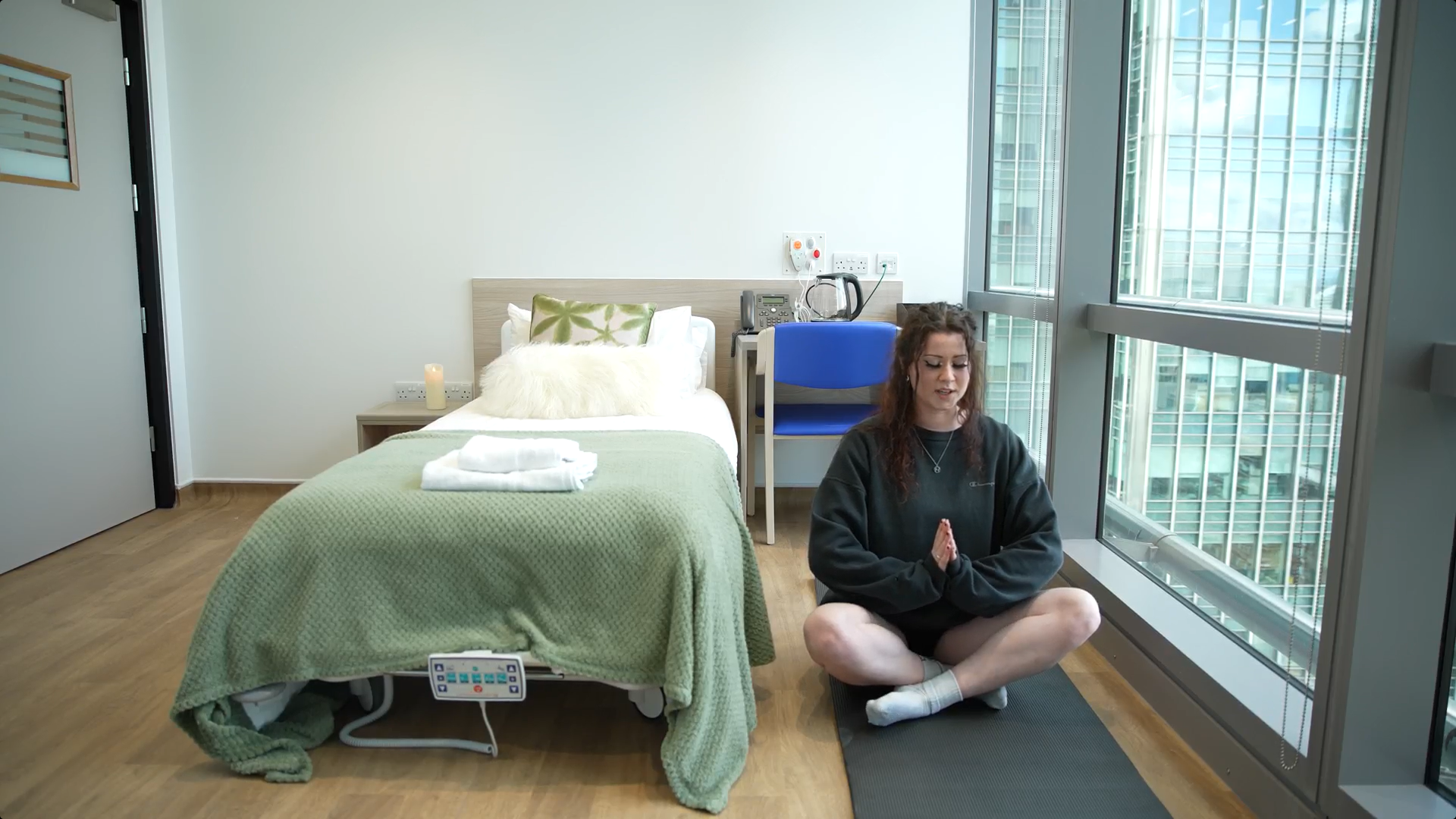When you sign up as a volunteer for a clinical trial, it’s important that you have realistic expectations. This includes understanding not only the benefits of clinical trials but also the potential cons. Knowing more about the side effects of clinical trials ensures that you’re more aware of what you can expect. They’re generally safe, but it cannot be guaranteed that you won’t have any kind of adverse effects.
This article will explore common side effects that can happen during a clinical trial. You’ll learn about the risks and also how these studies are designed with your safety in mind.
- What are clinical trials side effects?
- What are the possible side effects of clinical trials?
- How are side effects identified in clinical trials?
- What happens if you experience side effects?
- How is the safety of clinical research participants protected?
- What next?
Use the links above to skip ahead to the questions you’re most interested in.
What are clinical trials side effects?
Clinical trials side effects can sometimes happen. These are adverse reactions that people have to the way that new treatments being studied work in their body.
When doctors take a look at the side effects that patients experience in a clinical trial, they’ll categorise them into five grades. The higher the grade, the more serious the side effect.
Grade 1 includes the mildest side effects. At grade 2, you may have side effects that affect your daily life. Grades 3, 4 and 5 are considered more serious and doctors will usually consider intervening in these cases.
What are the possible side effects of clinical trials?
Clinical trials focus on determining the effectiveness of new treatments and interventions. However, there’s another really important element to them. This is to determine the safety of the drugs that they assess.
When you participate in a trial, it’s possible to have some side effects. The specific side effects largely depend on how the drug interacts with your body. It’s also important to understand the type of drugs.
When looking at what patients report, some of the most common side effects of clinical trials tend to include:
- Headache
- Coughing
- Discomfort
- Pain
These side effects are recorded during the clinical trial. It helps to ensure that the researchers can provide evidence on the safety. At the same time, it also ensures that the sponsor of the clinical trial is able to provide patients with accurate details about the side effects that they may experience once the drug goes to market.
How are side effects identified in clinical trials?
There are different ways that side effects are identified when you’re part of a clinical trial.
The most obvious method involves patients reporting the side effects to doctors and nurses. Your doctor may also sometimes notice side effects when performing a physical exam as part of your check-up. These are side effects that you may not necessarily notice as they are asymptomatic.
Another way that side effects are sometimes recorded is through blood tests. The doctors that are part of the clinical trial may do regular blood tests and notice unexpected changes that are caused by the use of the new treatment they are studying.
Side effects are recorded from the very first phase of the clinical trial. However, it’s important to note that stage 1 and stage 2 side effects are generally not considered serious. This is why you may find that only stage 3 and higher side effects are taken more seriously due to the potential danger they pose.
What happens if you experience side effects?
If you’re part of a clinical trial and start to notice side effects, it’s important to take the appropriate steps. This will help to ensure that the medical staff in charge of the trial are notified and that you can get access to the right interventions if needed.
Start by contacting the nurse or other staff members at the facility. If you’re doing a residential clinical trial, report your side effects to the staff members who are currently on duty.
They may get a doctor to take a look at you. This is especially the case if the staff member suspects that the side effects may be serious.
FluCamp always ensures that staff members actively monitor all participants in clinical trials. This means that staff members are able to take note of side effects at an early stage. It also contributes to the safety of every participant who volunteers for a trial.
How is the safety of clinical research participants protected?
Clinical trials always make sure that the safety of every participant is taken seriously. This is why there are several steps that sponsors, managers and other staff members at the facility take. The goal here is to guarantee that you remain safe and protected while participating as a volunteer in the clinical trial.
High-standard trial approval
It all starts with the approval of the clinical trial. Not just any company can decide to conduct a clinical trial. They have to go through multiple steps where details are carefully reviewed before they’re given permission to continue.
There are also several regulatory bodies that are involved in the approval process. For example, the Medicines and Healthcare Products Regulatory Agency (MHRA) has very high standards for approving a trial. There are also other agencies, including ones that help to ensure the ethics of the entire trial.
Apart from approval, many of these bodies and authorities will actively monitor the progress of the study. This ensures that all staff members follow the right procedures and focus on patient safety in clinical trials during the study period.
Understanding informed consent
Every clinical trial includes a process called informed consent. During this process, our clinical staff will give you a comprehensive overview of the study, the purpose, the drugs that you will use, and more details. During this process, you’re also able to ask us any questions that you may have before giving your consent.
Informed consent ensures that you know exactly what you’re signing up for and enables us to protect your wellbeing. It also helps you better understand what you can expect. Any safety-related matters that have been discovered in previous phases of the clinical trial will also be disclosed to you.
The rigorous screening process
When you apply to be part of a clinical trial, there’s a screening process that you first have to pass. This ensures that only people who are eligible will be able to actually take part, with criteria such as age, weight, medical history and more. The screening process not only focuses on understanding if you’re eligible, but also includes steps that ensure that the trial will be safe for you.
If you have conditions that the new treatment may interfere with, for example, then the screening process may cause you to be rejected as a potential candidate for the study. This helps to minimise the risk that patients take on. Here at FluCamp, our screening process ensures that all safety protocols are followed carefully and with the highest standard approvals, dedicated clinical teams and your wellbeing in mind.
What next?
It’s possible to experience side effects in a clinical trial. However, FluCamp’s staff members are actively monitoring patients to take note of any potential adverse effects. This type of setup minimises the risk of serious complications and ensures that intervention is readily available.
To find out more about our clinical trials, contact FluCamp. You can also browse our website to learn more about FluCamp and see what we do.
















